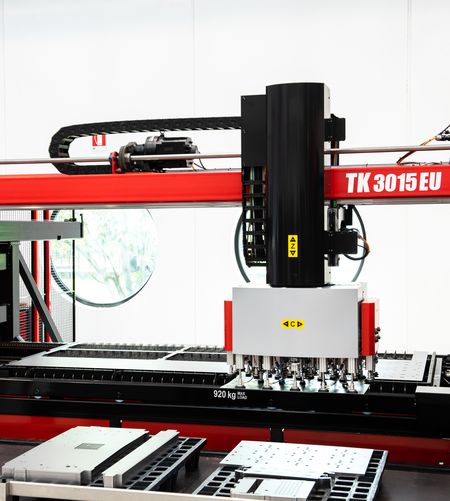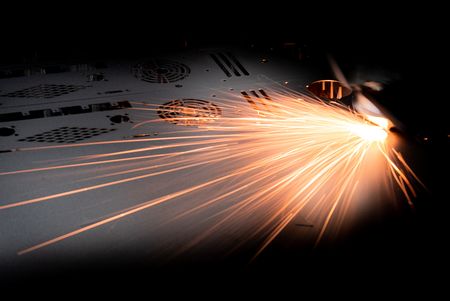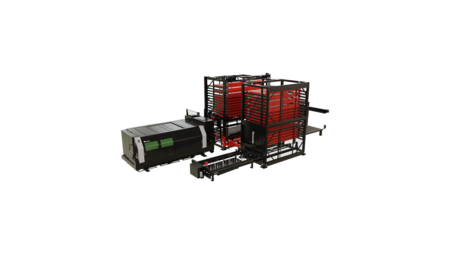
In a previous speech, we stressed how the evolution of markets and buying behaviour are generating new challenges for producers, that today have to guarantee high quality standards despite the continuous reduction of lots and increasingly challenging delivery times.

Objective: maximising productivity
The concept to be pursued is the maximization of productivity, which by definition is the "measure of the efficiency of the production process, given by the relationship between output and input". It places the emphasis on efficiency, that is, cost optimization and the simultaneous reduction of waste. However, today we must also take into account product quality parameters - on which many companies build competitive advantage - and timing, or lead time, intended as the period between the start of the process and the realization of the component/ finished product. By balancing all these factors, you play the game of productivity and the ability of businesses to successfully adopt lean production methodologies such as just-in-time.

The increase in laser power
The sheet metal processing market is very sensitive to the theme of balancing productivity and product quality. In the specific field of cutting, a trend that has been detected for some time now is the continuous increase in the power of fibre generators, which now reach even 20 or 30kw. This is justified by the need to operate with ever greater speed, over a wide range of materials and on different thicknesses. In other words, the trend towards more and more power is determined by time-to-market and versatility/flexibility of the machine. Note that the cutting speed has an important impact on the cost per piece.

Quality and process optimization: the vision of AMADA
AMADA recognizes the importance of power and has extended its offer over time to meet the needs of the market. However, the company suggests that cutting quality should also be accurately evaluated and, above all, that productivity should be considered in a systemic way, evaluating that of the entire process and not just the performance of the single machine (which is however important).

The cutting quality is the result of several factors but, above all, of a synergistic set of technologies aimed at controlling the laser beam, optimizing the speed, precision and quality of the cutting. In this respect, AMADA with its proprietary technologies is a benchmark.
As anticipated, in the vision of AMADA it is possible to maximize productivity only by adopting a systemic approach. Laser cutting, in fact, is integrated in a process that includes several steps, and from whose end-to-end optimization emerges the true ability to meet the needs of the market while preserving economic sustainability. And this is where not only all the evaluations about smart manufacturing and Industry 4.0, but also the synergy between different machines and components aimed at making the most of the opportunities of automation, are born.

How to optimize productivity with AMADA machines
An eloquent example of this is the 4kw VENTIS-AJ cell, the ASF-EU II Twin automated double-tower loading/unloading system and the TK3015EU part separator. In addition to ensuring benchmark performance, these components work in perfect synergy and are therefore able to guarantee 24-hour productivity higher than a 15kw stand-alone laser, with a lower cost per piece. When it comes to investment, we suggest that companies take this approach to meet the challenges of the markets.

Starting point is VENTIS-AJ, the first sheet metal laser in the world to use the proprietary Locus Beam Control (LBC) technology, which manipulates laser beam movements (generated by a single 4kw module) to tailor it to the material and thickness being processed. The result is the best synthesis of quantity and quality, which is manifested in the absence of slag, in the ability to better handle different materials and thicknesses (such as high-thickness mild steel) and in a speed similar to that of machines with much higher powers.

The process optimization is done by automation, and here the combined effect of ASF-EU II Twin and TK3015EU emerges. The first is an automated loading/unloading tower (or storage) with 18 loading and 7 unloading shelves. Its goal is to optimize and provide continuity to the processing of VENTIS-AJ with smooth, fast movements and an extremely fast pallet change cycle. In this regard, the ASF-EU II Twin model ensures that the new raw material sheet is always above that already cut, to avoid the phenomenon of falling waste.